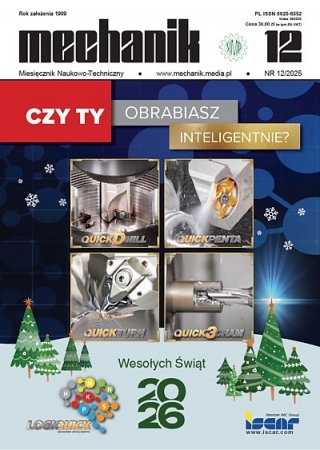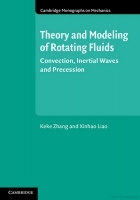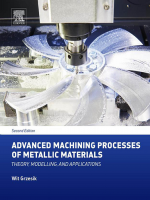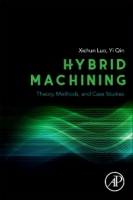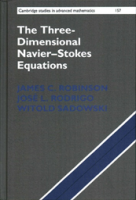Assessment of cutting machine energy consumption on the example of the VF-7/50 vertical milling center *
Ocena energochłonności obrabiarki skrawającej na przykładzie pionowego centrum frezarskiego VF-7/50
Author: Wojciech Borkowski, Paweł Piórkowski, Wacław Skoczyński, Marek Piórkowski, Andrzej Roszkowski
Mechanik nr 10/2019 - Obrabiarki
ABSTRACT: The assessment of the energy intensity of the VF-7/50 vertical milling center is presented. A study was carried out to collect data on the machine’s demand for electricity. A dependence was developed on the basis of which the energy intensity of the machine tool can be determined in the milling process. The results were verified experimentally.
KEYWORDS: energy consumption of the milling machine, milling, machine tools
STRESZCZENIE: Przedstawiono ocenę energochłonności pionowego centrum frezarskiego VF-7/50. Wykonano badania w celu zebrania danych na temat zapotrzebowania obrabiarki na energię elektryczną. Opracowano zależność, na podstawie której można określić energochłonność obrabiarki w procesie frezowania. Wyniki zweryfikowano eksperymentalnie.
SŁOWA KLUCZOWE: energochłonność frezarki, frezowanie, obrabiarki skrawające
BIBLIOGRAFIA / BIBLIOGRAPHY:
[1] Seow Y., Rahimifard S. “A framework for modelling energy consumption within manufacturing systems”. CIRP Journal of Manufacturing Science and Technology. 4 (2011): 258–264.
[2] Behrendt T., Zein A., Min S. “Development of an energy consumption monitoring procedure for machine tools”. CIRP-Annals Manufacturing Technology. 61 (2012): 43–46.
[3] Gutowski T., Dahmus J., Thiriez A. “Electrical energy requirements for manufacturing processes”. Proceeding of 13th CIRP International Conference on Life Cycle Engineering, Leuven, Belgium, 31.06.2006: 623–628.
[4] Avram O.I., Xirouchakis P. “Evaluating the use phase energy requirements of a machine tool system”. Journal of Cleaner Production. 19 (2011): 699–711.
[5] Rajemi M.F., Mativenga P.T., Aramcharoen A. “Sustainable machining selection of optimum turning conditions based on minimum energy considerations”. Journal of Cleaner Production. 18 (2010): 1059–1065.
[6] Mori M., Fujishima M., Inamasu Y., Oda Y. “A study on energy efficiency improvement for machine tools”. CIRP Annals Manufacturing Technology. 60 (2011): 145–148.
[7] Draganescu F., Gheorghe M., Doicin C.V. “Models of machine tool efficiency and specific consumed energy“. Journal of Materials Processing Technology. 141 (2013): 9–15.
[8] He Y., Liu B., Zhang X., Gao H., Liu X. “A modeling method of task-oriented energy consumption for machining manufacturing system”. Journal of Cleaner Production. 23 (2012): 167–174.
[9] Mouzon G.C., Yildirim M.B. “A framework to minimize total energy consumption and total tardiness on a single machine”. International Journal of Sustainable Engineering. 1 (2008): 105–116.
[10] Borkowski W., Skoczyński W., Piórkowski P., Jankowski T., Roszkowski A., Foremniak M. “Influence of parameters of milling process on the energy consumption of machine tool”. Advances in Science and Technology Research Journal. 12, 3 (2018): 24–31.
[11] Chudy R., Grzesik W. “Comparison of power and energy consumption for hard turning and burnishing operations of 41Cr4 steel”. Journal of Machine Engineering. 15, 4 (2015): 113–120.
[12] Roszkowski A., Skoczyński W., Foremniak M., Piórkowski P., Borkowski W., Jankowski T. “Metoda identyfikacji sygnałów zasilania w badaniach energochłonności obrabiarek”. Mechanik. 1 (2019): 38–41.
[13] Analizator jakości zasilania PQM-701. Instrukcja obsługi. 2014: 22.
[14] Piórkowski M. „Metoda oceny energochłonności obrabiarek CNC”. Praca dyplomowa inżynierska. Wrocław, 2018.
[15] Newman S.T., Nassehi A., Imani-Asrai R., Dhokia V. “Energy efficient process planning for CNC machining”. CIRP Journal of Manufacturing Science and Technology. 5, 2 (2012): 127–136.
DOI: https://doi.org/10.17814/mechanik.2019.10.79
* Artykuł recenzowany




